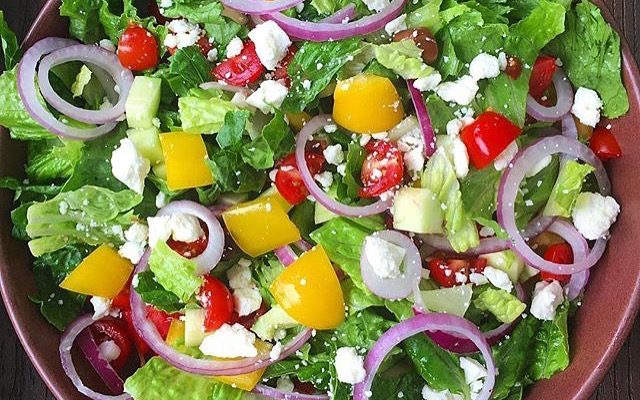In part one of “Why You Should Use Food Diaries,” we discussed the common complaints regarding food diaries, and how to accurately calculate your daily Caloric needs. Today’s post will identify the common mistakes people make when keeping a food diary, and how to log your food effectively.
Many people I talk to have had one of two experiences regarding food diaries:
- They tried it for a while, saw some basic results, then the logging just fizzled out.
- They tried it for a while, got way too obsessive over it, and had to stop because their sanity was at risk.
Two of the most common mistakes we see with food diaries comes from misjudging portion sizes, and getting bogged down in daily logging. Below are some tips for dialing in your nutrition and food logging like a champion!
How to accurately measure the food you log:
Food logging and food measurement go hand in hand. As discussed in part one, we all have a tendency to underestimate the amount of Calories we are eating per portion. Similarly, we underestimate the size of our portions. The most effective way of preventing this is by measuring your food intake through either a food scale or measuring cups.
While this seems like an extra step in your normal cooking process, proper set up can make the transition from measurement to eating almost seamless. If using a food scale, place the plate or container you plan to eat from on the scale, and zero it out. Once your food finishes cooking, place the food directly onto your plate and take a note of the weight. If you have a side item to add, zero the scale again, then add the side item. Now your plate is ready to go, and you know exactly how much food is on there! This requires at most an extra 5 seconds of work.
Don’t log daily:
As easy as measuring your food sounds, it can still be a pain to measure each meal, day after day. To avoid burning out, prepping and measuring multiple meals can save you time and energy. Prepare enough of one meal to last two or three days, then measure the appropriate portions into separate food containers and either freeze or refrigerate. You can quickly divide several ounces of meat, vegetables or fruit, and even sauces into several containers, and not have to touch the food scale for days.
Similarly, instead of logging your food on a daily basis, dedicate one week per month where you log each meal. This will give you a general idea of your daily Caloric intake and the breakdown of macronutrients. We are habitual creatures that tend to eat similar types and amounts of food, so logging one week’s worth of food should typically reflect what you eat every other week. Once a month, check in on your portion sizes and food choices to see if it aligns with your nutritional goals.
Not only will logging one week per month keep you from obsessing over your food, it can serve to remind you what proper portion sizes look like. If you revisit what 6 ounces of chicken, 1 cup of brown rice, or 3 cups of spinach look like, you are much more likely to eyeball similar portions without a scale or measuring cup.
Using the above tips can make food logging successful, sustainable, and life-changing. Give it a try and let us know what you think! In Part 3 of the Food Diary series, we will go over how to review and adjust your logs based on your nutritional goals.

